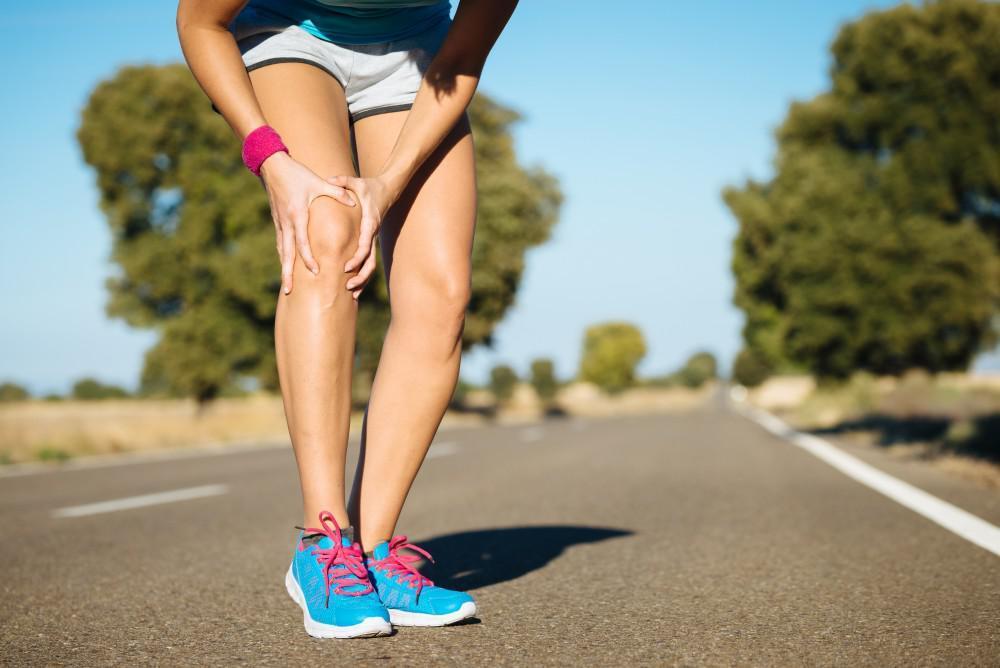
Running is an exhilarating sport that keeps you fit, improves mental health, and fosters a sense of achievement. However, it also comes with its fair share of injuries and aches. Whether you’re a beginner or an experienced marathoner, physiotherapy plays a vital role in keeping you strong, pain free and running at your best.
So, what’s the best physiotherapy treatment for runners? The answer isn’t one size fits all. It depends on the injury, movement patterns, training volume, and biomechanics. In this blog, we’ll explore common running injuries and the most effective physiotherapy treatments to help you recover and prevent future issues.
Common Running Injuries
Before diving into treatments, let’s look at some of the most common injuries runners face:
Hamstring Strains – Overstretching or tearing of hamstring muscles due to inadequate warm up or excessive load.
Runner’s Knee/ Patellofemoral Pain Syndrome – Pain around the kneecap due to overuse or poor biomechanics.
Plantar Fasciitis – Heel pain caused by inflammation of the plantar fascia.
IT Band Syndrome – Tightness and pain along the outside of the thigh, often due to weak hip stabilizers.
Achilles Tendinitis – Inflammation of the Achilles tendon from excessive strain.
Shin Splints – Pain along the shinbone caused by repetitive stress.
Now, let’s explore the best physiotherapy treatments for these injuries.
1. Manual Therapy: The Hands-On Approach
Manual therapy is a staple in physiotherapy for runners. Techniques such as deep tissue massage, joint mobilisations, and myofascial release help relieve muscle tightness, improve circulation, and reduce pain. For example:
- Soft tissue massage can help with IT Band Syndrome by breaking down adhesions and improving mobility.
- Joint mobilizations are beneficial for improving knee and ankle movement, which can help runners dealing with stiffness or misalignment.
2. Strength and Conditioning: The Foundation of Injury Prevention
Weak muscles and poor biomechanics are a major cause of running injuries. Physiotherapists focus on strengthening key muscle groups such as:
- Glutes and Hip Muscles – Weak glutes can lead to IT Band Syndrome and knee pain.
- Core Stability – A strong core reduces the risk of lower back pain and enhances running efficiency.
- Calves and Hamstrings – Strengthening these muscles helps prevent Achilles tendinitis and hamstring strains.
Some of the best exercises for runners include:
- Squats and lunges for lower-body strength.
- Clamshells and band walks for glute activation.
- Deadlifts and calf raises for hamstring and Achilles tendon strength.
- Planks and bridges for core stability.
3. Gait Analysis: Understanding Your Running Mechanics
A gait analysis is one of the best ways to identify movement patterns that contribute to injuries. Physiotherapists use video analysis to assess how your feet, knees, and hips move while running. Based on the findings, they can recommend:
- Footwear modifications or custom orthotics.
- Running drills to improve stride mechanics.
- Exercises to address any muscle imbalances.
Gait analysis is especially beneficial for runners who experience recurrent injuries or discomfort despite proper training.
4. Shockwave Therapy: A Game-Changer for Chronic Injuries
For runners struggling with chronic conditions like plantar fasciitis or Achilles tendinitis, shockwave therapy is a powerful tool. This treatment uses sound waves to stimulate healing in damaged tissues, reducing pain and accelerating recovery. It’s particularly effective when combined with strengthening exercises.
5. Dry Needling: Targeting Trigger Points
Dry needling is an advanced physiotherapy technique that involves inserting thin needles into tight muscle bands to relieve pain and improve function. It’s useful for treating:
- Calf tightness (common in long-distance runners)
- Hamstring pain
- Hip and lower back tension
By releasing muscle knots, dry needling enhances flexibility and allows runners to move more efficiently.
6. Taping and Bracing: Immediate Support for Recovery
Kinesiology taping and bracing are often used to support injured muscles and joints. Runners benefit from:
- Kinesiology tape for knee pain, IT Band Syndrome, or Achilles tendinitis.
- Ankle braces for runners prone to sprains.
- Arch supports for plantar fasciitis relief.
These techniques provide short-term relief and stability while runners work on strengthening their muscles.
7. Stretching and Mobility Work: The Unsung Hero
Dynamic and static stretching is crucial for runners. A good stretching routine includes:
- Dynamic stretches before running (e.g., leg swings, high knees, hip openers)
- Static stretches after running (e.g., calf stretches, hamstring stretches, quad stretches)
- Foam rolling for muscle recovery and pain relief
Maintaining flexibility ensures optimal muscle function and prevents tightness-related injuries.
8. Gradual Load Management: Avoiding Overuse Injuries
Physiotherapists help runners structure their training loads to avoid sudden spikes in intensity. A key principle is the 10% rule—increasing weekly mileage by no more than 10% to prevent overuse injuries. They also recommend:
- Incorporating rest days.
- Cross-training with cycling or swimming.
- Listening to your body and addressing pain early.
Conclusion: The Best Physiotherapy Treatment is Prevention
While physiotherapy can effectively treat running injuries, prevention is the ultimate goal. By incorporating strength training, mobility work, proper running mechanics, and load management, you can stay injury-free and continue doing what you love—running!
If you’re a runner dealing with pain or want to optimise your performance, consulting a sports physiotherapist is the best step forward. They can design a personalized treatment plan tailored to your needs and help you keep running strong.
Happy running!
To book your appointment, call on the number below-
📞 Call 01604 385343 (Northampton) or 01908 713973 (Milton Keynes) or Book Online today!

